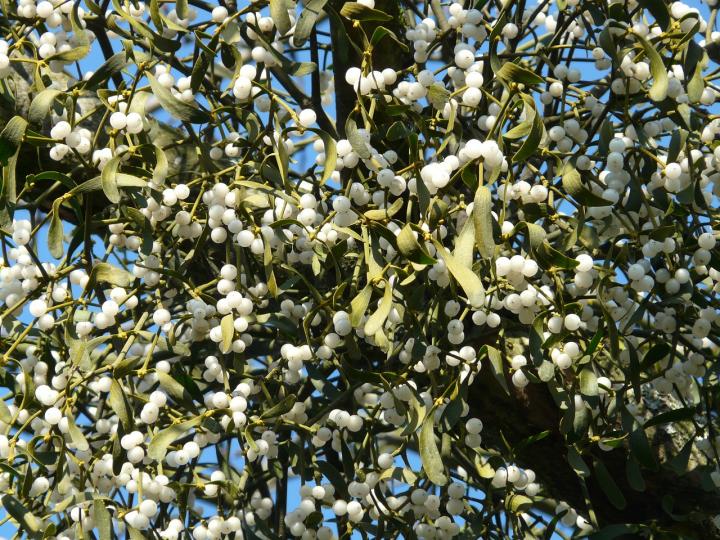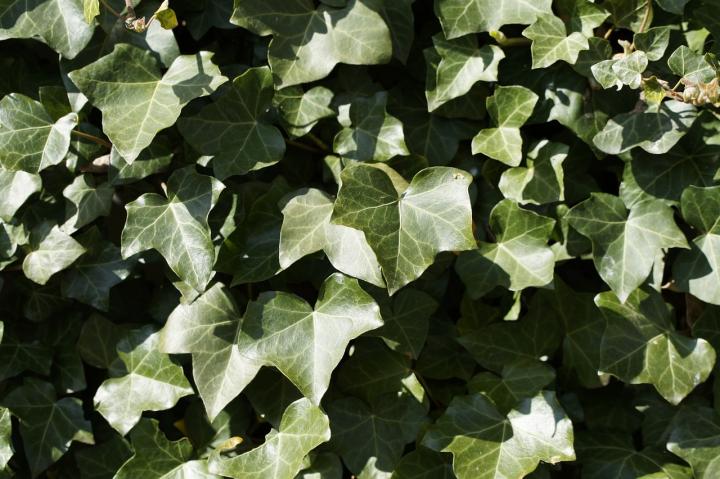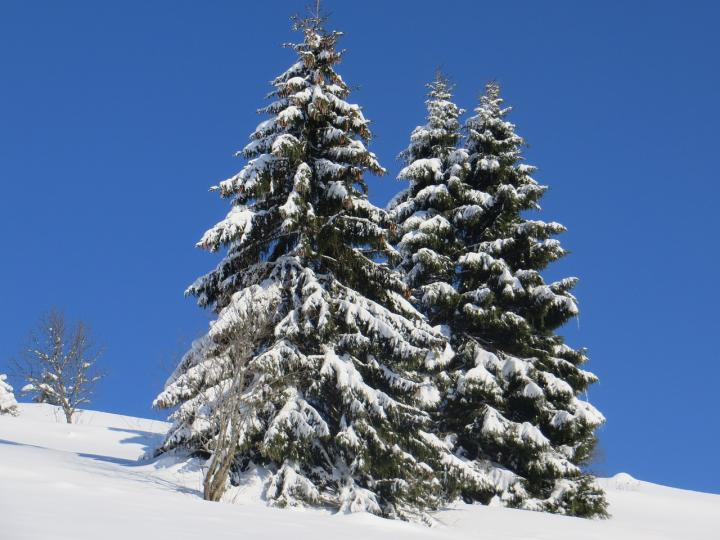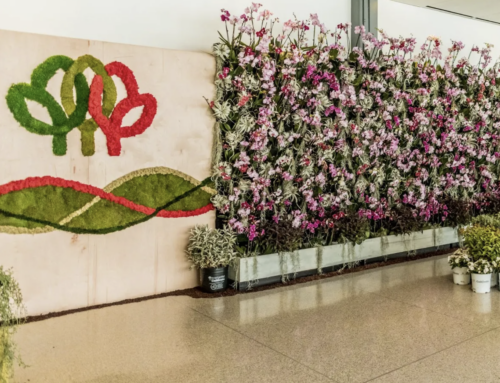Plants of the Winter Solstice
Certain trees and plants were important to the celebration of the solstice both as symbols and as decorations:
- Evergreens were a symbol of immortality since they were the only trees to stay green when all the others lost their leaves.
- Yews represented the death of the old year and were a connection between this world and the next.
- Oak trees were revered for being long-lived. Even though they were not evergreen, they were symbols of eternal life and considered a source of protection, strength, and endurance. In Celtic tradition, the entire trunk of an oak tree was kept burning for 12 hours on the eve of the solstice. If the fire did not go out, it meant the household would be protected and have an abundant harvest and good health in the coming year. A piece of that log was saved and used to start next year’s fire because, as the old log was consumed by the flames, any problems from the old year were thought to go with it.
- Rosemary, an evergreen shrub in warm climates, was called the herb of the sun.
- Birch trees symbolized new beginnings.

- Mistletoe stood for peace and happiness. Learn more about mistletoe’s meaning and lore.
- Holly was used for protection and good luck.
- Pine symbolized peace, healing, and joy.

- Ivy symbolized marriage, faithfulness, and healing and was made into wreaths and garlands to decorate during the winter.
In Celtic tradition, one sacred place to be visited during the solstice time is an open area or hill that affords a view of the horizon in all directions. What better way to celebrate than to bundle up and climb to the top of the tallest hill? This is not a time to be hibernating; get outside and connect with the natural world in all its glorious seasons!
→ Learn more about the Winter Solstice.
Information from: Almanac.com




